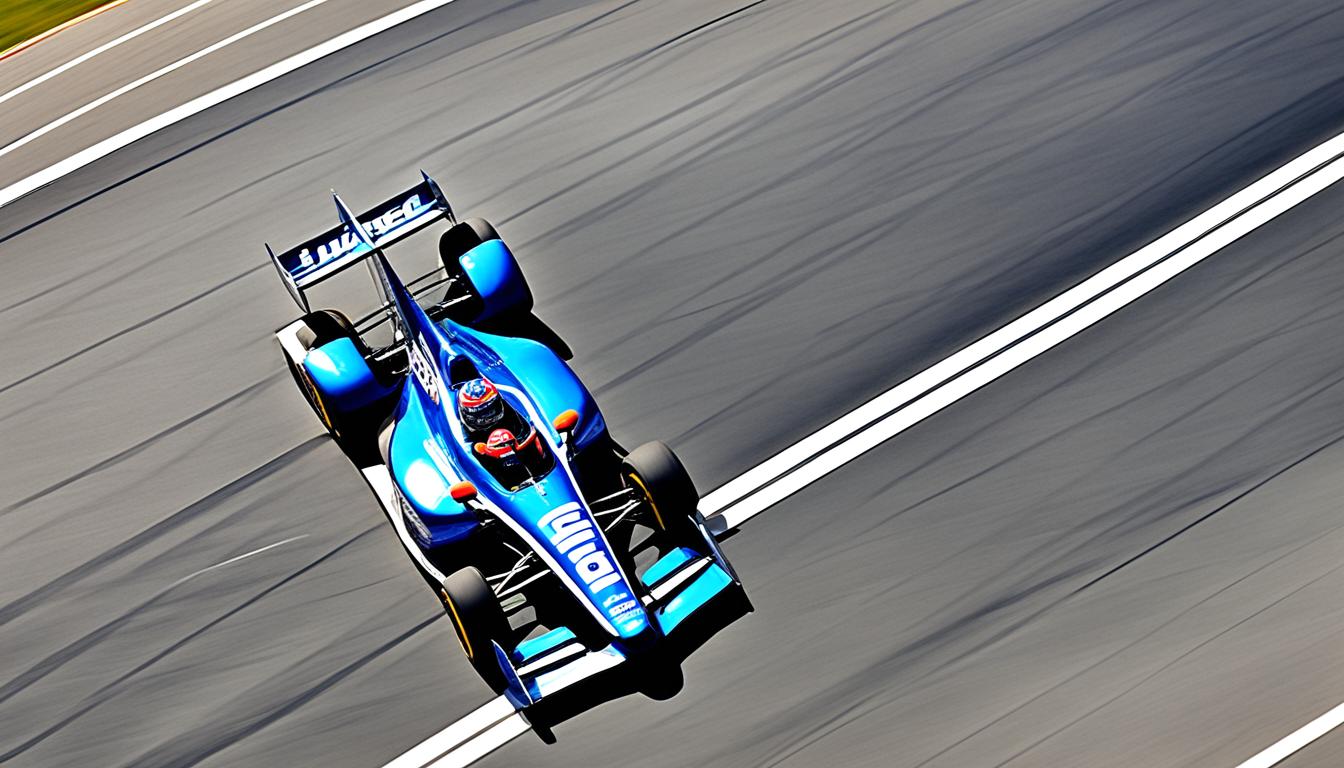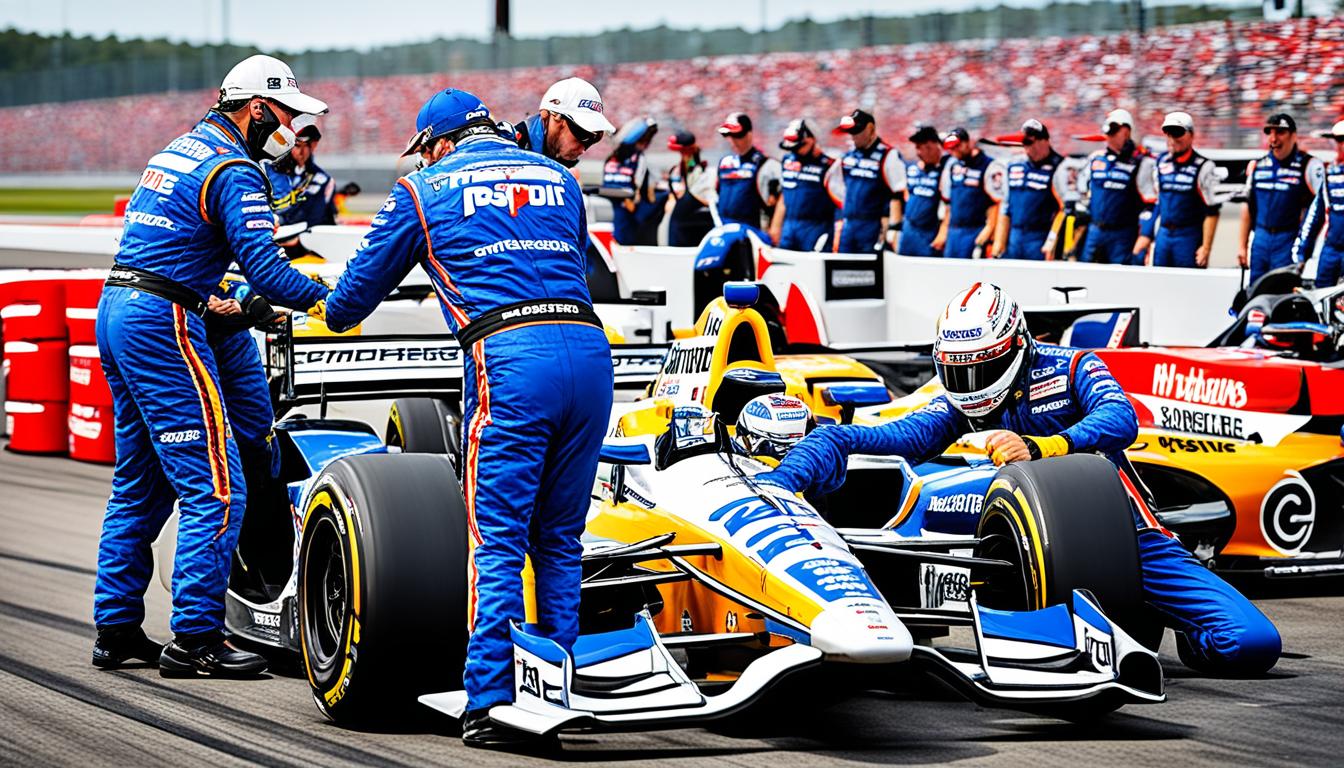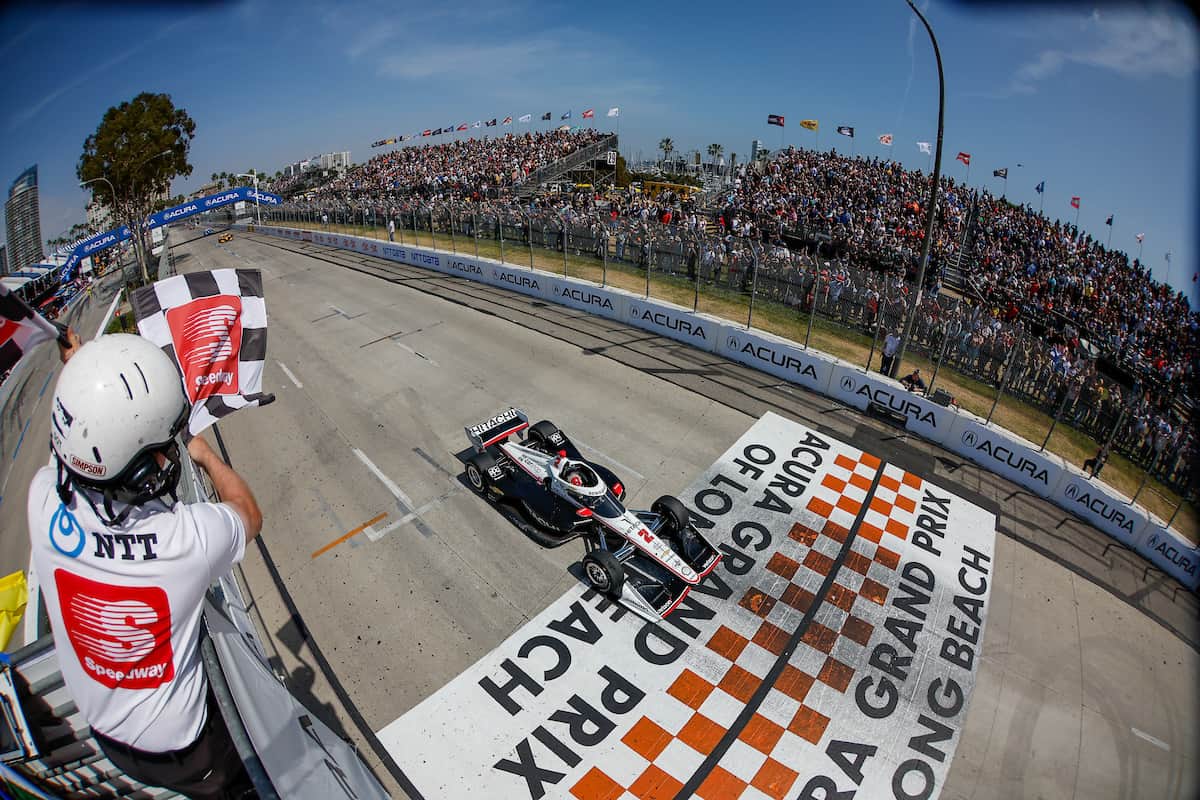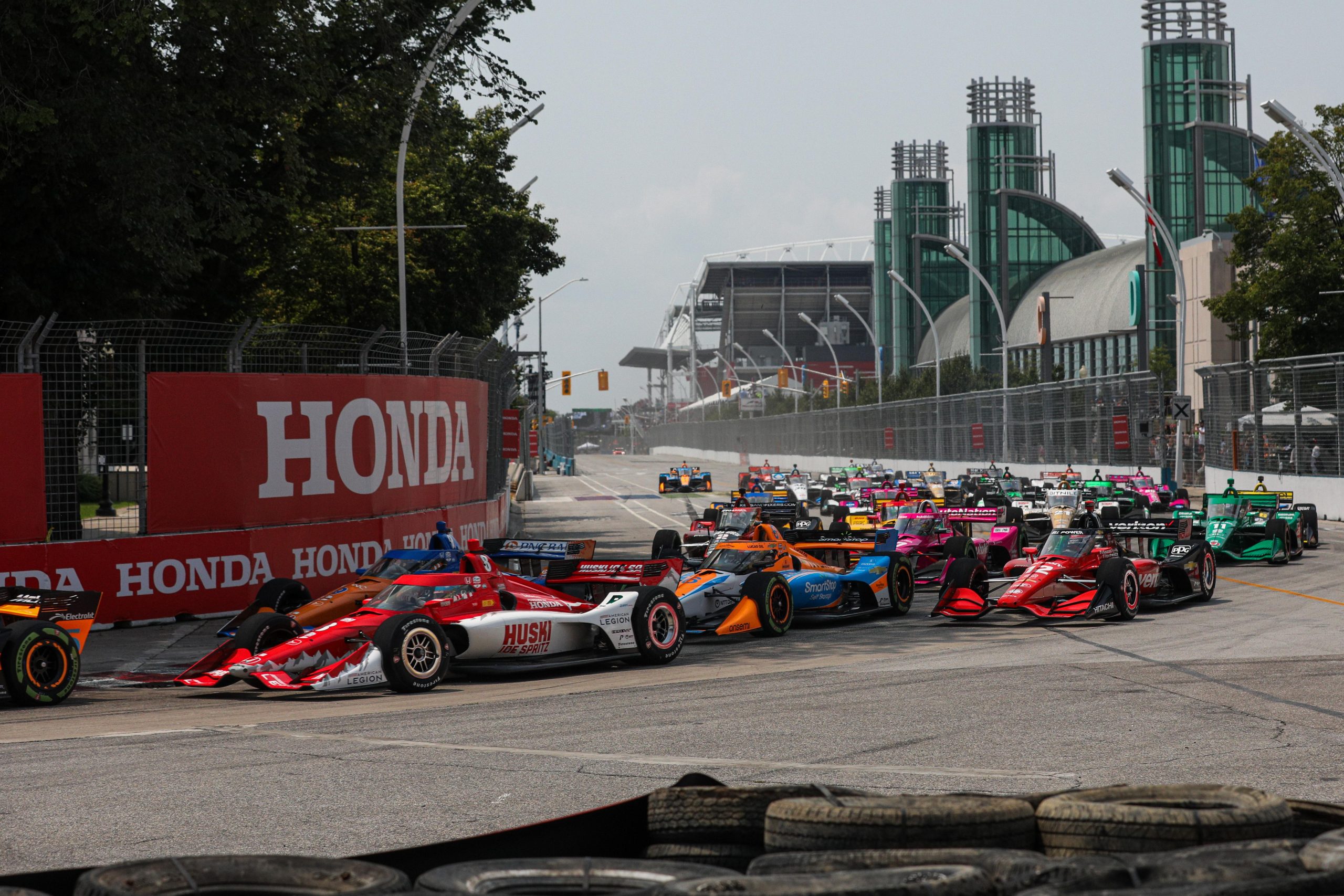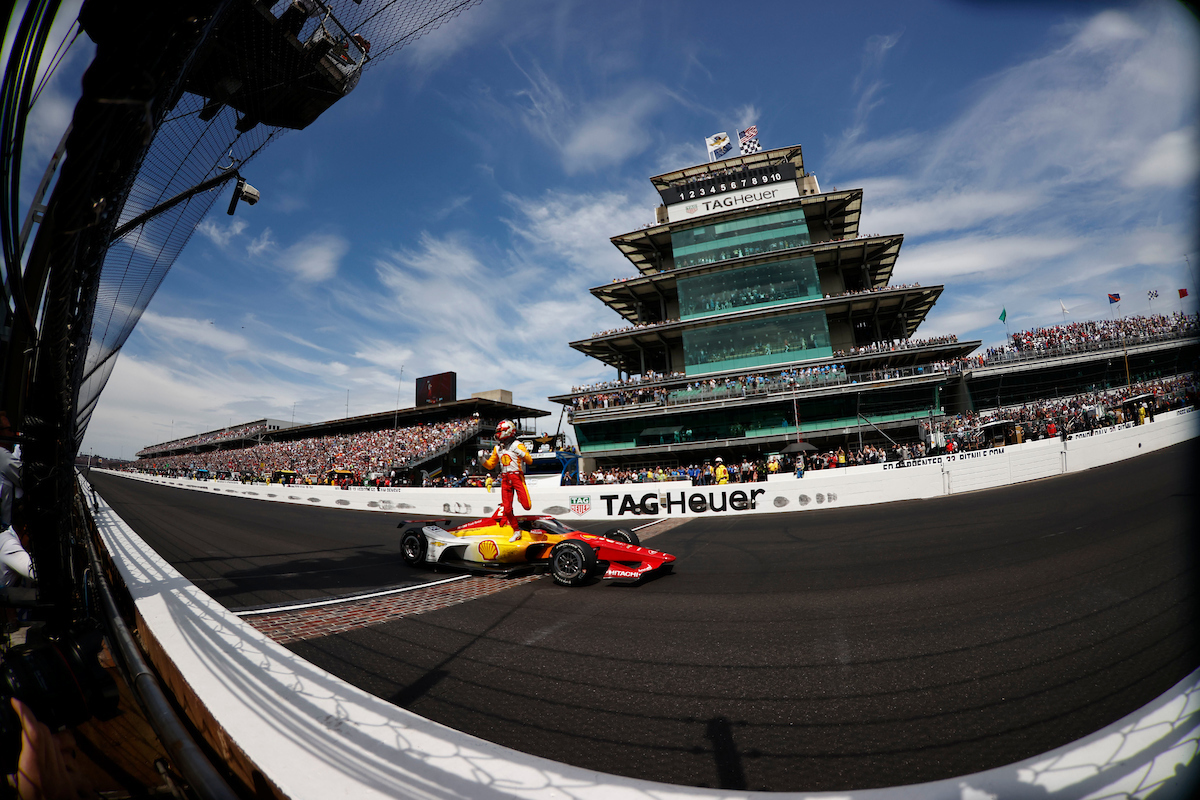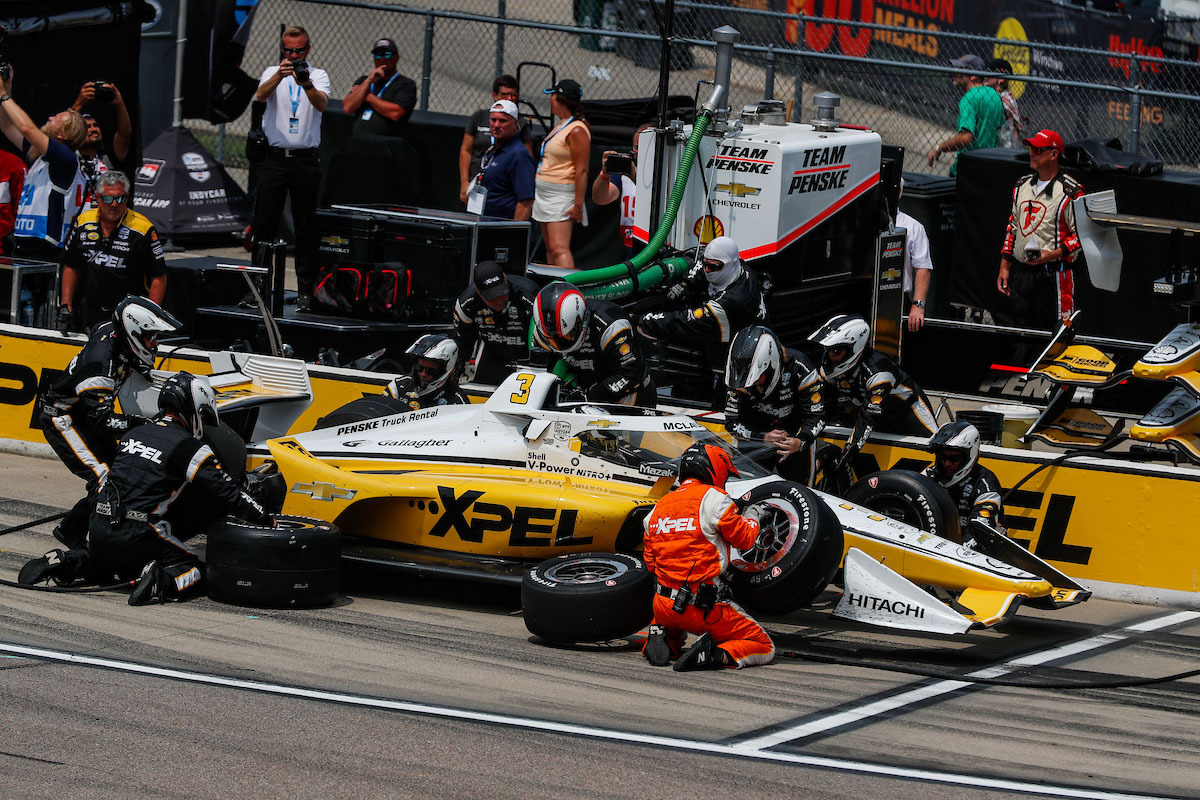How many gallons of fuel does an IndyCar hold?
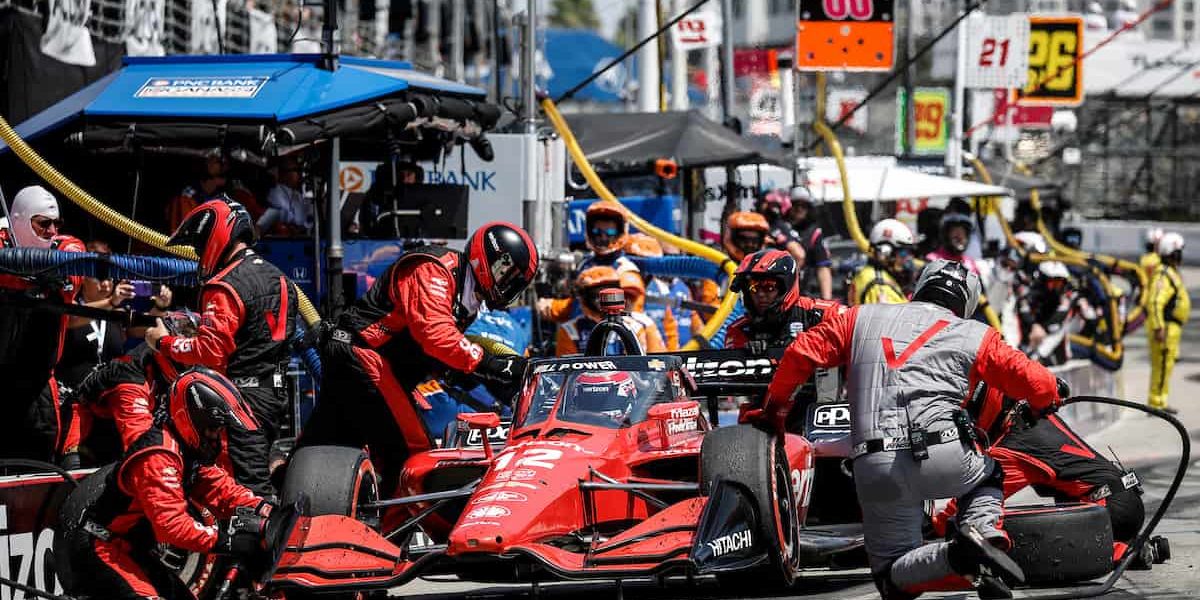

How many gallons of fuel does an IndyCar hold? Since 2012 the capacity for IndyCar fuel cells has been 18.5 US gallons (70 litres). IndyCar fuel has gone through many changes over the years, from the type of fuel used, to how much is carried in each car.
In this article, we will answer the question ‘How many gallons of fuel does an IndyCar hold?’ as well as explore several other topics around the fuel used in IndyCar…
Table of Contents
Toggle Table of ContentHow many gallons of fuel does an IndyCar hold?
While the current capacity is 18.5 US gallons, that figure has changed over the years. Previously the capacity was 22 US gallons (83 litres) from 2007–2011, 30 US gallons (114 litres) from 2004–2006, and 35 US gallons (132 litres) from 1997–2003.
The fuel cell for the current spec IndyCar Series cars is made of rubber and is covered with a Kevlar-fitted blanket for additional protection against side impacts.
What fuel do they use in Indy cars?
The fuel used in Indy cars is a blend of 85% ethanol and 15% high-octane racing fuel, also known as an E85 mix. From 1964 the series used pure methanol, however, to improve safety it changed to ethanol in 2007.
All teams draw their fuel from a common fuel tank in ‘Gasoline Alley’ and all the team’s fuel tanks are bolted to the ground, to ensure nobody gains a gravitational advantage by tipping the fuel tank during refilling.
How many MPG does an IndyCar get?
An IndyCar gets approximately four miles to the gallon. All Indy Cars use two-liter twin-turbo direct-injected V6 engines made by either Honda or Chevrolet, and they’re tuned for performance, not fuel economy.
Using the Indy 500 as an example, each car will use on average 0.6 gallons of fuel per lap, which is 125 gallons for the full 500 lap race.
Is refuelling allowed in IndyCar?
While refuelling was banned in Formula 1 in 2009, it still happens during IndyCar races.
When a driver pits, his crew fill up the 18.5 gallon tank in just seven seconds!
Are Indy cars fuel injected?
The current engine fuel injector for IndyCar combines direct and electronic indirect injection which produces approximately 300 bar (4,351 psi) of rail pressure.
There are no fuel flow restrictions in the IndyCar Series engine configuration.
After a six-year hiatus, Chevrolet returned to the series in 2012 with all-new, Ilmor-developed and engineered, V6 twin-turbocharged engines. Honda stayed committed to the series during that time, and in 2012 started supplying V6 single-turbocharged engines.
Can IndyCar teams modify IndyCar fuel?
No, IndyCar teams cannot modify the fuel they receive, but that doesn’t mean there have been no fuel anomalies over the years.
PerkinElmer is the official analytical instrumentation and fuel certification sponsor of IndyCar, and their Mobile Fuel Analysis Team analyses fuel at every single race.
”While we’re at the track we take samples from the cars and analyze them on the Clarus GC to ensure the fuel in the car has not been adulterated in any way from the fuel we profile from the common INDYCAR tank at the beginning of each race. It is against race regulations to add or remove anything from the series-provided fuel,” said Jesse Leonard, a PerkinElmer Senior GC Service Specialist.
IndyCar Director of Engineering/Safety Jeff Horton discovered in 2009 that one team found a way to “dry out” their pit fuel supply, which provided a small advantage to their driver.
“I was suspicious when there was less water in the gas chromatogram than in the supplied fuel, which told me the water had been removed,” said Brett Boyer, a Field Application Scientist with PerkinElmer.
After further lab testing confirmed Boyer’s findings, the team in question ended up paying a large fine 😳


